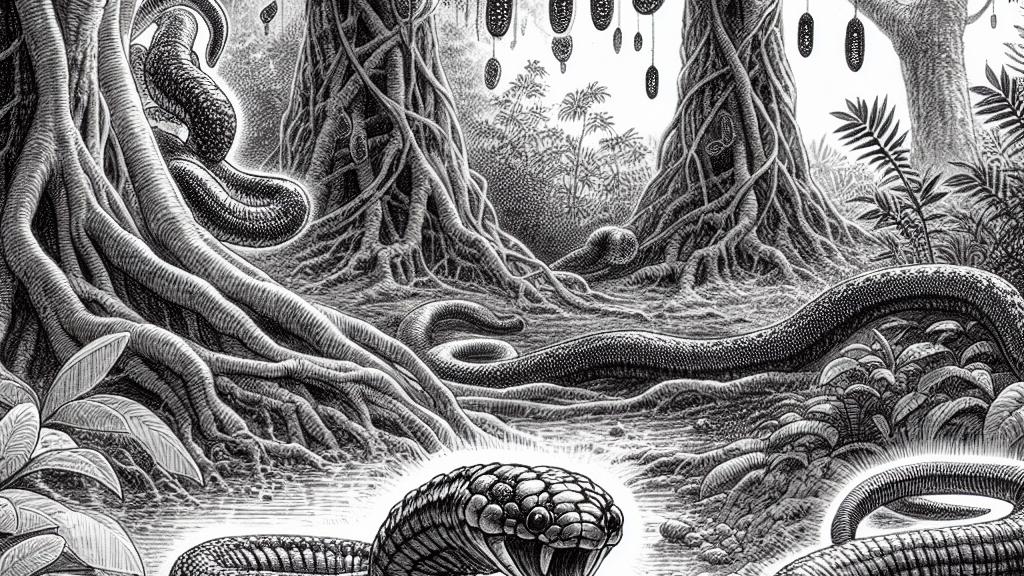Discovery of a New Parasitic Worm in Japanese Snakes
Overview
- Researchers unveil Ochetosoma elongatum, a newly identified parasitic worm, in the oral cavities of snakes from Japan's Kanto region.
- The life cycle involves the invasive snail Physella acuta, highlighting concerns about biodiversity and species interactions.
- This significant discovery emphasizes the importance of monitoring invasive species and their ecological ramifications.

Exciting Research Unfolds in Kanto Region
In a thrilling advance in the field of parasitology, scientists have identified Ochetosoma elongatum for the first time in Japan, specifically among native snake species residing in the Kanto region. Known for its rich biodiversity, this area is now facing the daunting challenge of invasive species threats. The detection of this North American trematode in three distinct snake species not only astonishes researchers but also signals a crucial warning regarding ecological integrity. The implications of such findings are vast, prompting questions about how many other foreign species could be infiltrating and competing with local wildlife.
Intricacies of the Parasite's Life Cycle
Delving into the life cycle of Ochetosoma elongatum reveals an intricate series of events indicative of nature's complexity. Initially, the parasite's larvae infest the freshwater snail Physella acuta, which was likely introduced to Japan through the ornamental plant trade. In this vulnerable host, the worm develops, transitioning through larval stages such as sporocysts and cercariae. Once released into the wild, the cercariae can infect frogs, completing the cycle when snake predators consume these amphibians, thus becoming the definitive host for the adult worm. This compelling dynamic emphasizes the interconnectedness of local and invasive species and how easily disruptions can ripple through the food web.
Conservation Challenges Standing in the Way
Published in *Parasitology International*, this study not only identifies a new species but also underscores dire ecological implications. The emergence of Ochetosoma elongatum serves as a crucial reminder of how invasive parasites threaten native biodiversity. As scientists investigate the effects of this invasion on local snake populations, the need for proactive management strategies becomes increasingly clear. Conservation efforts must adapt to address such challenges effectively. By fostering awareness about the impacts of human activities—like transporting exotic species—we can help safeguard ecological balance. Thus, this research goes beyond academic curiosity; it serves as a rallying cry for renewed vigilance in preserving our natural ecosystems.

Loading...